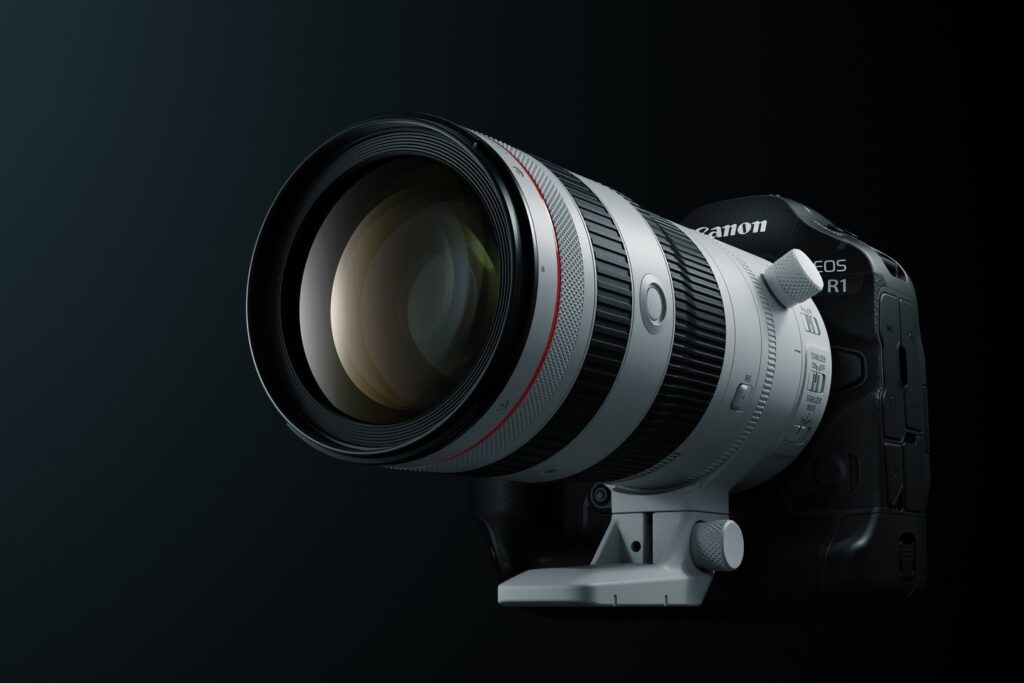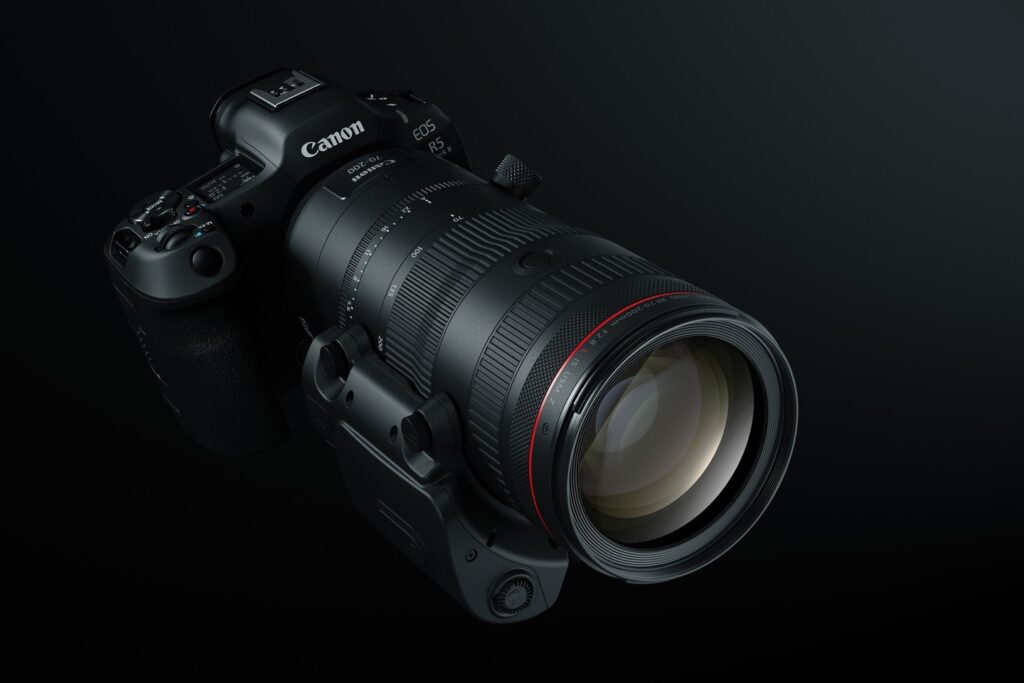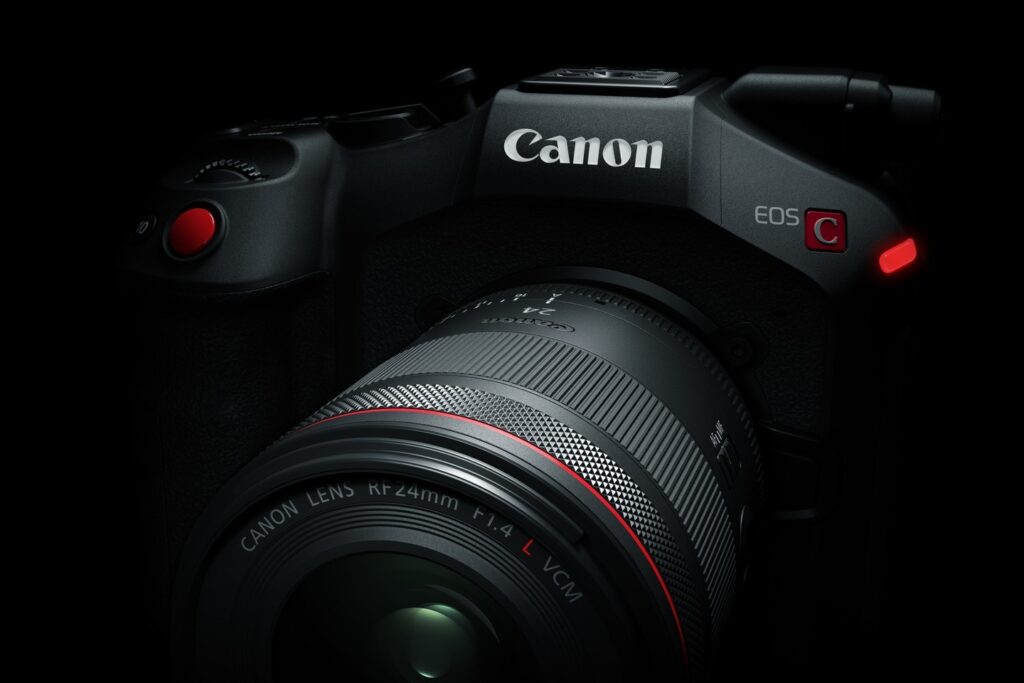From Precision Optics to Global Powerhouse: The Strategic Evolution of Canon

From Precision Optics to Global Powerhouse: The Strategic Evolution of Canon. When Canon was founded in 1937 in Tokyo as Precision Optical Instruments Laboratory, its ambitions were clear: to develop Japan’s first high-quality 35mm camera. At the time, Germany dominated the optics market with names like Leica and Zeiss setting the gold standard. For Canon to make its mark, it needed not only technical excellence but also perseverance, visionary leadership, and a deep understanding of evolving market needs.
Over the decades, Canon has grown into a global imaging giant, known for its cameras, printers, office equipment, and optical technologies. Its rise is a study in strategic innovation, brand consistency, and relentless adaptation—lessons every entrepreneur can learn from.

The Early Years: Breaking Barriers in a Foreign-Dominated Industry
Canon’s first prototype, the Kwanon, was developed in 1934 and named after the Buddhist Goddess of Mercy. It wasn’t until 1935 that the Canon brand name was registered. The company faced formidable challenges—lack of access to precision parts and fierce competition from established European brands. However, Canon focused on collaboration and quality. It partnered with Nippon Kogaku (now Nikon Corporation) to source high-quality lenses.
Canon’s commitment to continual improvement paid off. By the late 1940s and early 1950s, it had launched its first SLR cameras and began gaining a foothold internationally. The export of the Canon II to the U.S. was a key milestone, positioning the company as a serious player in the photography world.
Strategic Expansion: From Cameras to Imaging Systems
The 1960s and 70s were transformative decades for Canon. It diversified beyond cameras into office equipment like photocopiers and calculators. The Canon NP-1100, launched in 1970, was the company’s first plain-paper copier and laid the groundwork for its leadership in office imaging technology.
In 1985, Canon introduced the RC-701, one of the first still video cameras, marking its early investment in digital imaging. The EOS (Electro-Optical System) series, launched in 1987, redefined autofocus technology in SLRs and became one of the most successful camera systems globally. This blend of innovation and reliability strengthened Canon’s reputation with both professionals and consumers.

Marketing with Precision and Consistency
Canon’s marketing strategy emphasized clarity, innovation, and trust. Slogans like “Delighting You Always” and consistent brand visuals reinforced Canon’s identity as a reliable and high-performing technology company.
The brand invested heavily in sponsorships, including partnerships with sporting events like the Olympics and motorsport series. These helped Canon position its products as performance-driven and trusted by professionals.
Resilience Through Technological Shifts
The early 2000s saw the digital revolution upend the photography industry. Many film-based camera companies collapsed under the weight of the transition. Canon not only survived but thrived. It had anticipated the digital shift early, and its dual strategy of professional DSLR development (with models like the EOS 5D) and mass-market point-and-shoots (like the PowerShot series) allowed it to dominate multiple segments.
Even as smartphones began eating into the compact camera market in the 2010s, Canon responded by focusing on mirrorless cameras, launching its EOS R series in 2018 to stay competitive. The company also doubled down on its B2B business, expanding in areas like industrial printing, surveillance systems, and medical imaging.

Key Lessons for Entrepreneurs
1. Innovate with Purpose: Canon never innovated for innovation’s sake. Every new product line, from copiers to digital cameras, was rooted in solving a specific problem or seizing a clear market opportunity.
2. Diversify Strategically: Canon’s move from cameras to office and medical equipment wasn’t random—it was based on leveraging its core strengths in optics and electronics. Entrepreneurs should seek adjacent markets where their capabilities can give them an edge.
3. Plan for Technological Shifts: Canon’s foresight in digital imaging gave it a head start when the analog market declined. Staying informed and being ready to pivot is essential for long-term survival.
4. Build Global Trust Through Quality: Canon’s reputation was built on consistent product quality. Entrepreneurs should never underestimate the value of reliability in building long-term customer relationships.
Canon Today: A Legacy of Precision and Adaptation
Canon operates in over 200 countries and regions, with a product portfolio that extends far beyond photography. Its evolution from a modest optical lab to a multinational powerhouse is anchored in strategic decision-making, product excellence, and resilience.
For entrepreneurs looking to build enduring businesses, Canon’s journey underscores the importance of staying true to your core while evolving with the times. It’s not just about being the first or the fastest—it’s about being the most prepared for what comes next.




